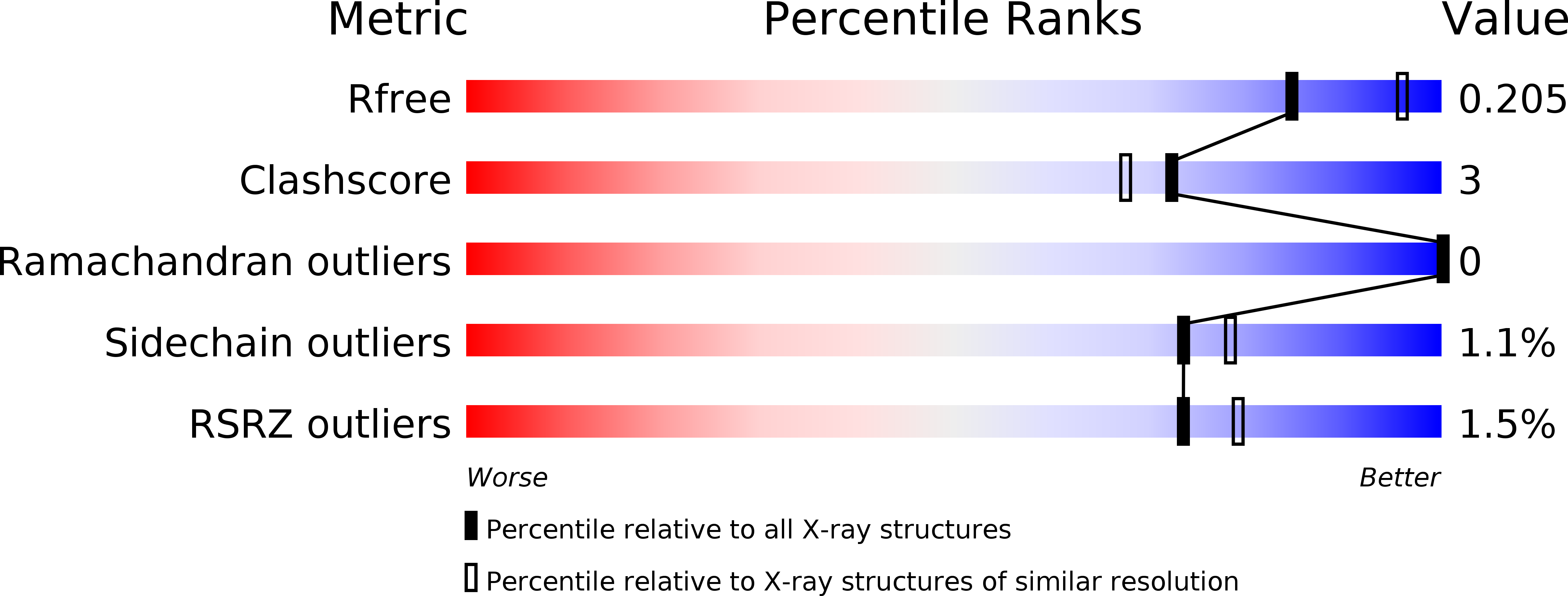
Deposition Date
2017-05-04
Release Date
2018-05-09
Last Version Date
2023-10-04
Method Details:
Experimental Method:
Resolution:
2.15 Å
R-Value Free:
0.20
R-Value Work:
0.16
R-Value Observed:
0.16
Space Group:
P 65


